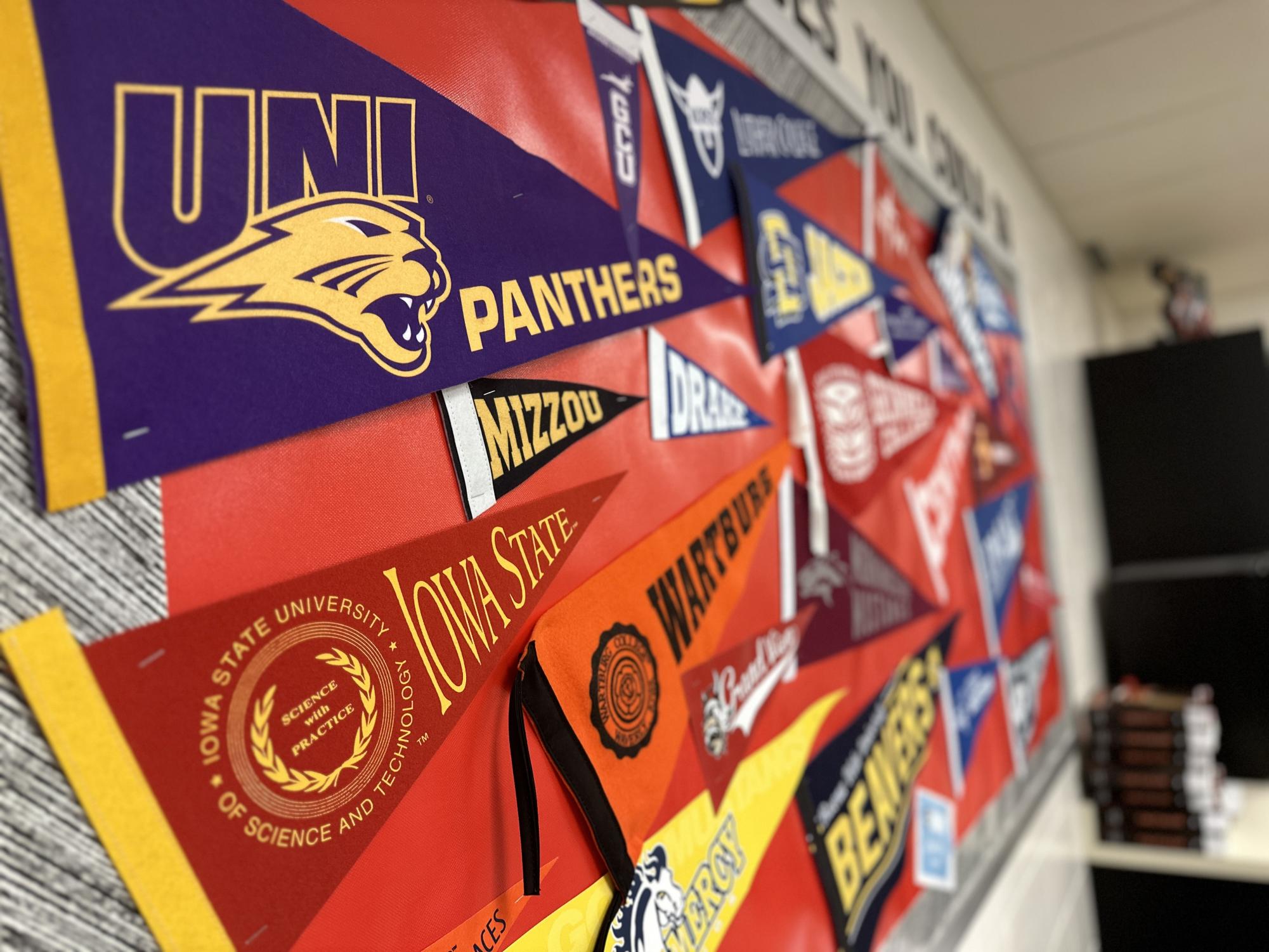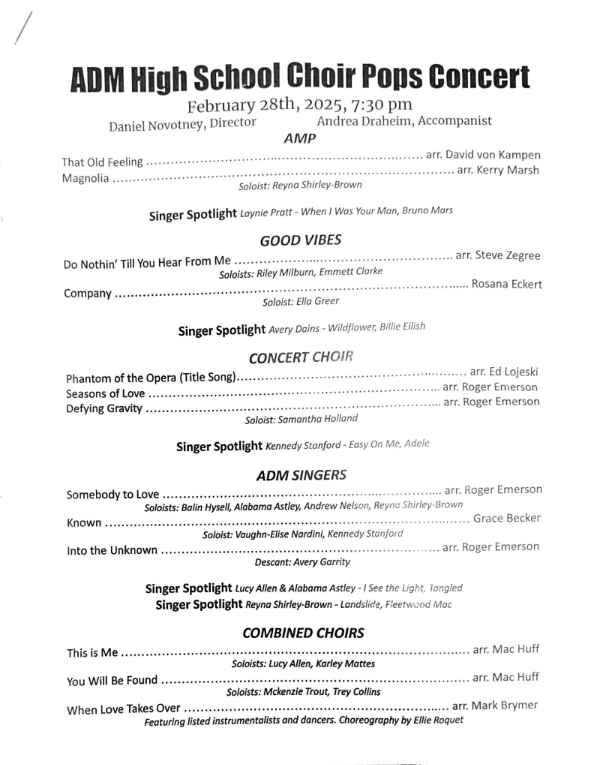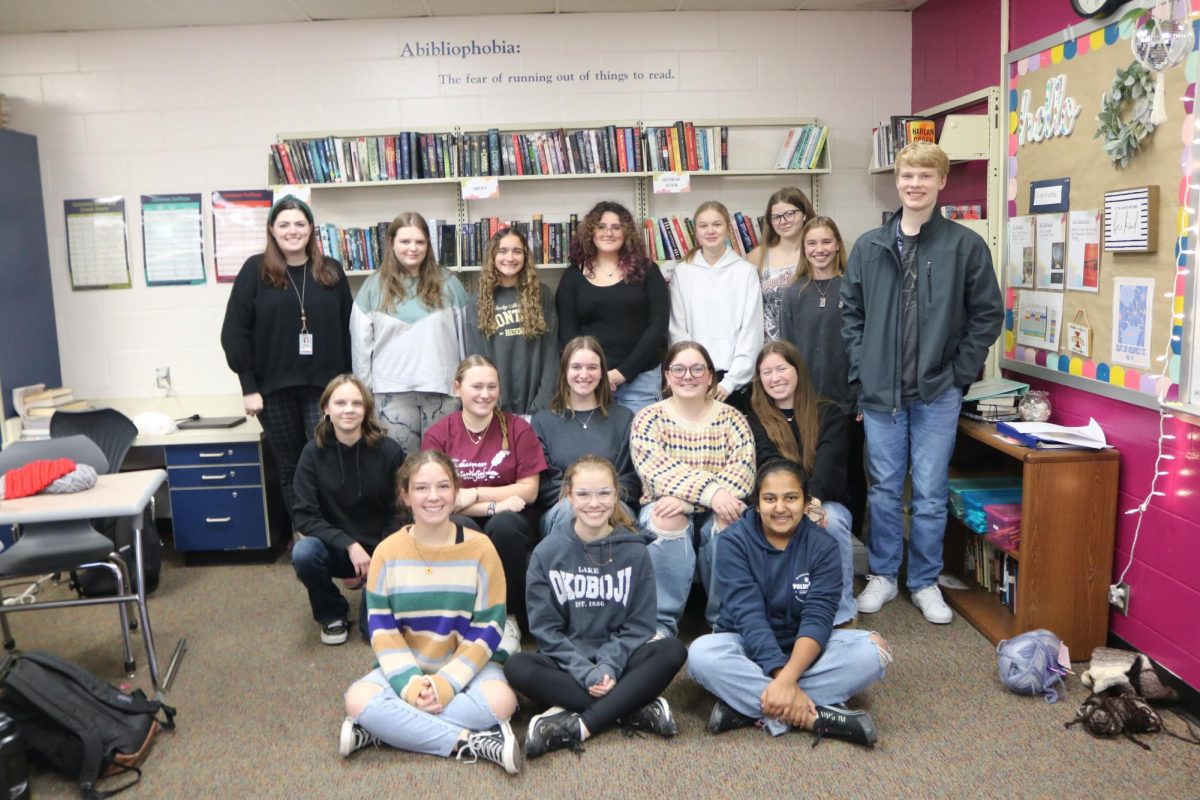Applying to college is scary; unfortunately, there’s no other way around it. It’s something you go in feeling prepared for, and then all the things you have yet to do begin to catch up with you, and suddenly your to-do list is intimidating to even think about. Public or private, two-year or four-year, this is everything you need to know about applying to college.
1. You have resources you may not even know about.
Welcome to your senior year, where your high school counselor is now your best friend. Not actually, but it might seem like that by how often you’re in their office asking questions about applying to college. The good news is that’s what they’re there for. Your counselor is a great resource to ask questions about college because they have the majority of the information at their fingertips. They work with many colleges, know their requirements like the back of their hand, and are very familiar with the application process.
2. File your FAFSA… ASAP.
The sooner the better to file your Free Application for Federal Student Aid. If you’re unfamiliar with this, it can be easily described as a form available every year that can determine your eligibility for federal loans and grants. If you have older siblings that have gone to college then your parents should be familiar with this form. You will share your parents’ yearly income, W-2s, and tax returns, then fill out other records of investments and money earned. It will then use that information to determine your financial status and determine if you’re in need of financial assistance for your higher education. Even if you think you won’t qualify for federal aid, it is in your best interest to still file your FAFSA. You just never know.
This year the FAFSA is a little different. Instead of opening on October 1, as it has in previous years, it opens on December 1 and is due on June 30. However, check your college’s website to see if they require the FAFSA to be submitted sooner to qualify for scholarships through the school. This is common in private institutions.
3. Common App: use it or lose it.
If you’re trying to spam-apply for different colleges, Common App will save your life. The first thing you need to do is see if the colleges you’re trying to apply to accept a Common App because various private institutions have different requirements for their application process. Most public universities will accept the Common App. It’s one form you fill out that covers the basics of the application process so you don’t have to fill it out multiple times for different colleges. It even has the most frequently seen essay prompts if that is required. One benefit to using Common App is that it gives you helpful tips as you fill it out. Once sent out to a college, the college will not be able to see the other institutions you applied to with the same application.
EA (early action) applicants’ Common App deadline is November 1, while RD (regular decision) applicants should have theirs submitted by February 1. So don’t wait, submit your Common App.
4. What’s a transcript??
The amount of high school students who get to the point in their application process where it asks for a transcript and they have no idea what it means is astronomical. No shame here, I was one of them. Once I figured out that it was a full list of classes you’ve taken in high school and credits you’ve earned, I went and sought out my counselor to figure out how to continue with my application. Most colleges, before and after accepting you, require what they call an “official transcript.” This just means it was sent directly to the office of admissions from your counselor. A transcript is not considered official if it is submitted by the applicant.
5. Scholarships, scholarships, scholarships
Scholarships are incredibly helpful; college is expensive. Many schools offer scholarships through the different programs that they have, but it’s in your best interest to apply for as many as you can. These can be through your high school, local ones from your hometown, or even random ones you can find on the internet. Tide and Downy has a $1,000 random drawing scholarship that only takes a few clicks to apply for. You may also be eligible for certain scholarships based on your ethnicity or heritage. Just know that if you’re already getting student aid from your FAFSA, your scholarship opportunities are more limited; you can’t get more money than your college will cost you. If that is the case, you will have to contact the financial aid office and they will subtract from your assistance.
Like everything in life, your application process will not be perfect, but using these tips will alleviate some weight off of your shoulders and you can focus on getting yourself through the rest of high school.







